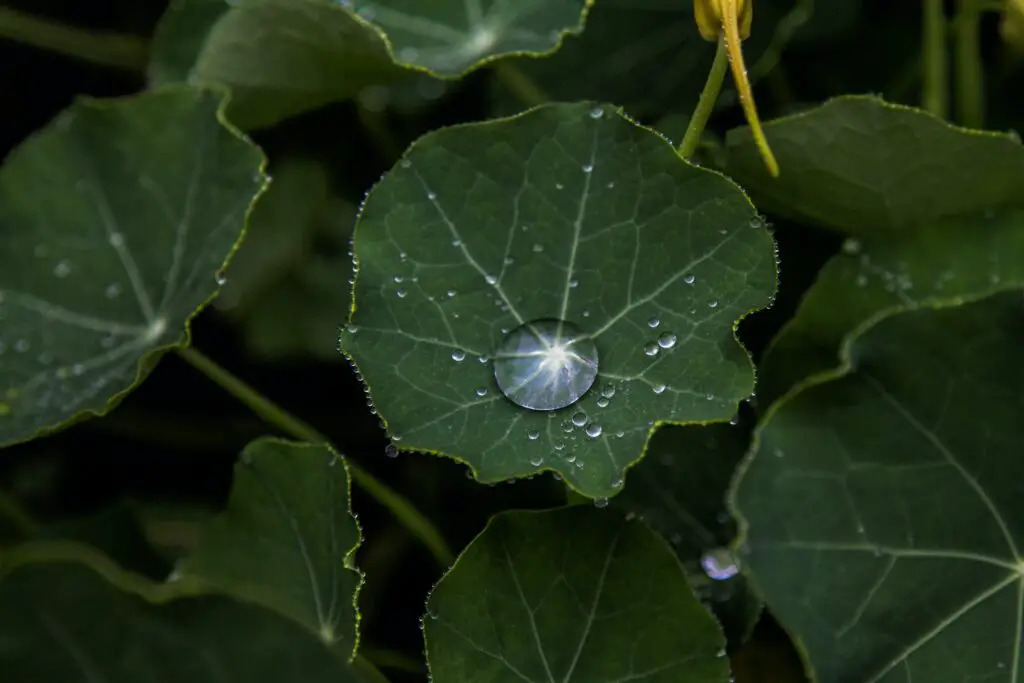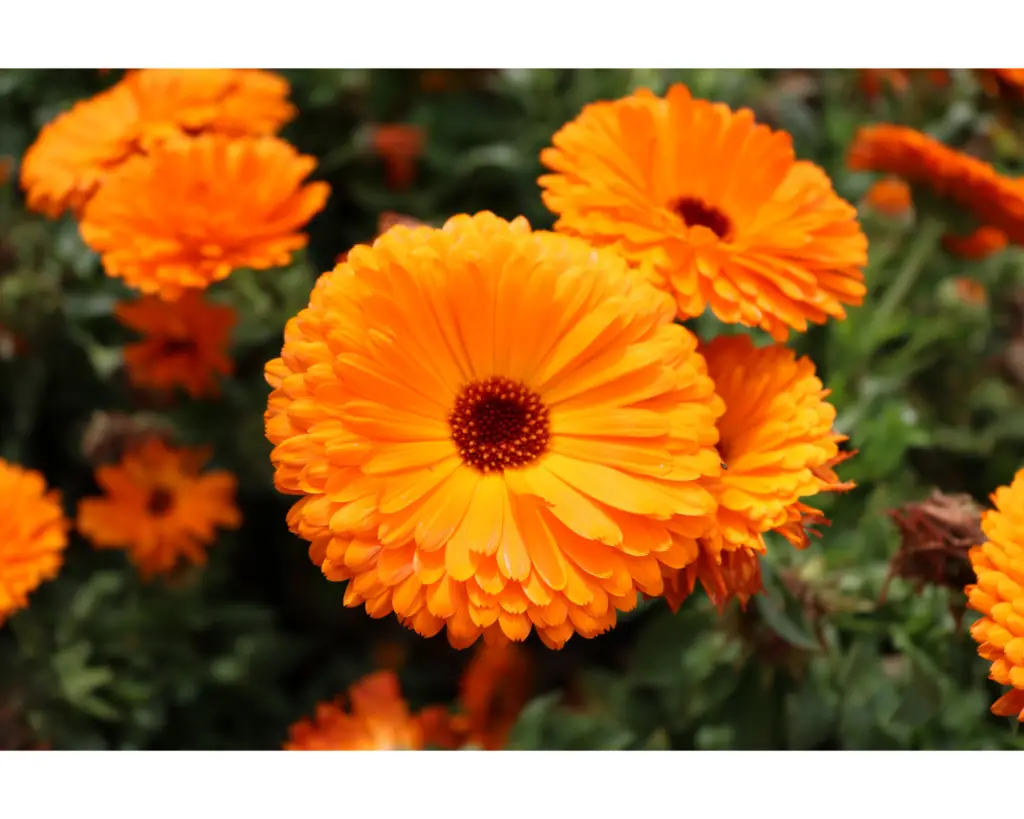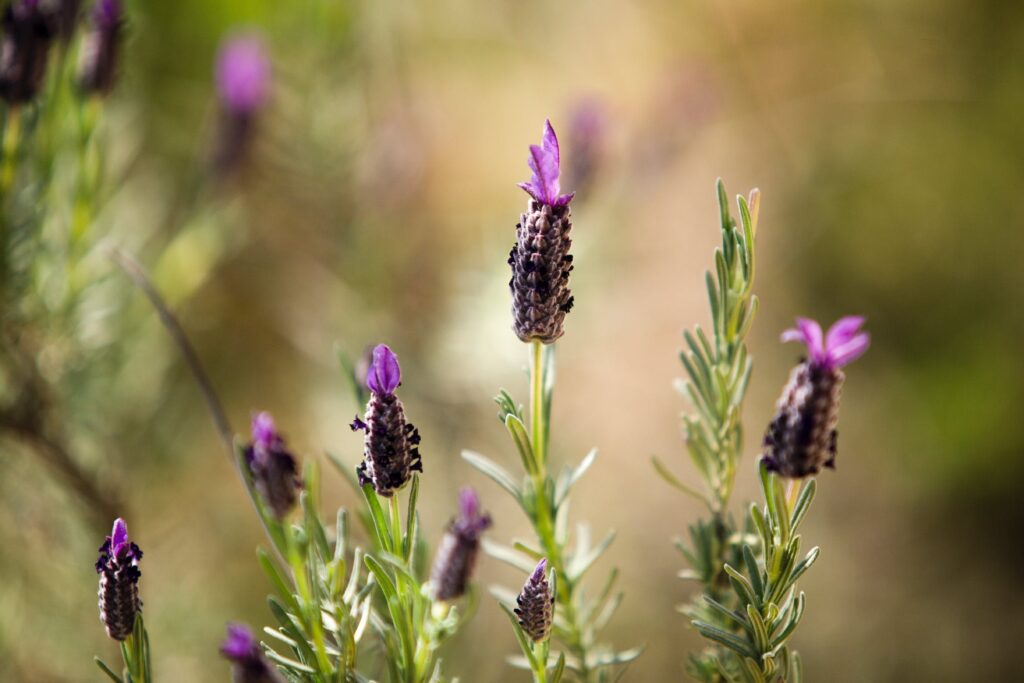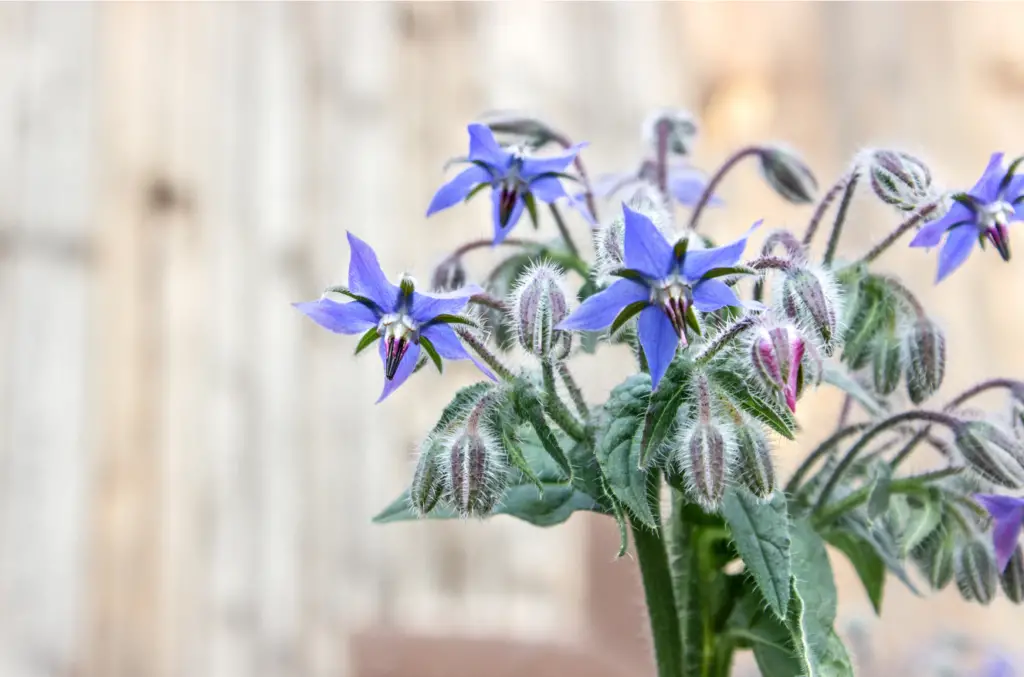Imagine having a vibrant garden of edible flowers right in the comfort of your own home, where you can harvest delicate blossoms to add both flavour and flair to your dishes. Growing edible flowers indoors is a delightful way to enhance your culinary experience, infuse your dishes with unique tastes, and create a visually stunning environment. In this article, we will explore a diverse range of edible flowers that thrive indoors, along with essential tips and techniques to successfully grow them.
Table of Contents
Why Grow Edible Flowers Indoors?
Growing edible flowers indoors has numerous benefits that can elevate your cooking, aesthetics, and overall well-being. Here are some compelling reasons to embrace this fascinating endeavour:
- Accessibility: Regardless of your living situation, growing edible flowers indoors is feasible and accessible to anyone with a windowsill or well-lit corner.
- Year-Round Enjoyment: Indoor gardening allows you to cultivate edible flowers all year round, regardless of seasonal limitations.
- Flavour Enhancement: Edible flowers introduce unique flavours, aromas, and textures to your culinary creations, transforming ordinary dishes into extraordinary delights.
- Visual Appeal: The colourful and vibrant blooms of edible flowers bring a touch of elegance and beauty to your living space, brightening up any room.
- Health Benefits: Many edible flowers are rich in nutrients and possess medicinal properties, contributing to your overall well-being.
Selecting the Right Edible Flowers
When choosing edible flowers to grow indoors, it’s essential to consider factors like flavour, growth habits, and compatibility with indoor conditions. Here are some popular and easy-to-grow options:
Nasturtiums (Tropaeolum majus)
Nasturtiums are perhaps the most popular choice for indoor gardening. Their peppery, slightly tangy flavor adds a unique twist to salads, sandwiches, and even pasta dishes. The plant features bright, trumpet-shaped flowers in various shades, from vibrant oranges to rich reds.
Violas (Viola spp.)
Violas, also known as Johnny-Jump-Ups, have small, charming flowers with a slightly sweet flavour. They are perfect for garnishing desserts, soups, and salads. Their low-growing habit makes them suitable for window boxes and small pots.


Calendula (Calendula officinalis)
Calendula, or pot marigold, boasts stunning golden and orange blooms with a tangy, peppery flavour. It adds a delightful touch to rice dishes, stews, and teas. The plant is easy to grow and produces an abundance of flowers.
Lavender (Lavandula spp.)
Lavender’s fragrant and aromatic flowers are not only pleasing to the senses but also add a subtle floral flavor to both sweet and savory dishes. It’s an excellent choice for making lavender-infused oils, honey, and baked goods.


Borage (Borago officinalis)
Borage is a versatile herb with vibrant blue flowers. Its cucumber-like taste complements salads, cocktails, and cold beverages. The plant is easy to grow indoors and thrives in well-draining soil.
Chives (Allium schoenoprasum)
Chive blossoms boast a mild onion flavour and are perfect for garnishing salads, omelets, and creamy soups. The attractive lavender-hued flowers are a bonus, adding colour to your indoor garden.


Creating the Ideal Indoor Growing Environment
Creating a conducive environment is crucial for the successful cultivation of edible flowers indoors. Here are some essential factors to consider:
- Light: Most edible flowers require at least 4-6 hours of sunlight daily. Place your plants near a south-facing window or use artificial grow lights to supplement natural light.
- Temperature: Maintain a comfortable indoor temperature for your plants, ideally between 65°F to 75°F (18°C to 24°C). Avoid placing them near cold drafts or heating vents.
- Humidity: Edible flowers prefer moderate humidity levels. You can increase humidity by misting the plants or placing a tray of water near them.
- Potting Mix: Choose a well-draining potting mix that is rich in organic matter. Edible flowers thrive in soil that allows excess water to escape, preventing root rot.
- Containers: Select containers with drainage holes to prevent waterlogging. Suitable choices include pots, window boxes, or hanging baskets, depending on the space available.
- Fertilisation: Feed your edible flowers with a balanced liquid fertiliser once a month during the growing season to promote healthy growth and blooming.
Planting and Care
Now that you have selected your edible flowers and set up the indoor growing environment, let’s dive into the planting and care process:
- Seeds vs. Transplants: You can start with seeds or purchase young transplants from nurseries or garden centers. Seeds allow you to experience the full growth cycle, while transplants offer a head start.
- Planting Depth: Follow the instructions on the seed packet or transplant container for proper planting depth. Generally, seeds should be sown at a shallow depth and lightly covered with soil.
- Watering: Keep the soil consistently moist but not waterlogged. Check the moisture level regularly and adjust your watering schedule accordingly.
- Deadheading: Regularly remove faded or spent flowers to encourage continuous blooming and to redirect the plant’s energy into producing new blossoms.
- Pruning: Prune the plants as needed to maintain their shape and prevent them from becoming leggy. Use clean, sharp scissors or gardening shears for this purpose.
- Pest and Disease Control: Monitor your plants for pests or signs of disease. If necessary, treat them with organic pest control methods to minimise damage.
Harvesting Edible Flowers
One of the most rewarding aspects of growing edible flowers indoors is the ability to harvest and enjoy their blossoms. Here are some guidelines for harvesting:
- Timing: Harvest flowers in the morning after the dew has dried but before the sun becomes too intense. This ensures the best flavour and longevity of the blooms.
- Edible Parts: For most edible flowers, the petals are the edible part. Remove the pistils and stamens, as they can be bitter or cause an allergic reaction in some individuals.
- Storage: Store harvested flowers in a container lined with a damp paper towel in the refrigerator to keep them fresh for several days.
Culinary Uses of Edible Flowers
Now that your indoor garden is flourishing, it’s time to enjoy the delightful flavours and aesthetics of edible flowers in your culinary creations. Here are some popular uses:
- Salads: Toss a handful of nasturtiums, violas, and chive blossoms into your salads for a burst of colour and subtle flavour.
- Garnishes: Edible flowers make stunning garnishes for cakes, pastries, cocktails, and savoury dishes, elevating their visual appeal.
- Infused Oils and Vinegars: Create your own infused oils and vinegars by steeping lavender, calendula, or borage flowers in high-quality oils or vinegar.
- Herbal Teas: Brew delightful floral teas with lavender, chamomile, or calendula for a soothing and aromatic beverage.
- Ice Cubes: Freeze edible flowers in ice cubes to add a touch of elegance to your drinks. They are perfect for enhancing the presentation of iced teas, lemonades, and cocktails.
- Herb Butters: Mix finely chopped edible flowers with softened butter to create herb-infused butter. Spread it on toast, use it to top grilled meats, or toss it with pasta for a unique and flavourful twist.
- Herb-infused Sugars: Combine dried edible flowers with granulated sugar to create herb-infused sugars. Use them in baking, sprinkled over desserts, or to sweeten your favourite beverages.
- Candied Flowers: Transform edible flowers into delightful candy-coated treats. Dip the petals in egg white, dust them with sugar, and let them dry for a crunchy and sweet addition to your desserts.
- Floral Ice Cream: Add chopped or pureed edible flowers to your homemade ice cream or sorbet recipes for a delightful floral-infused frozen treat.
- Savoury Dishes: Edible flowers can also complement savoury dishes. Use them as a garnish on soups, stir-fries, or rice dishes to add colour and a subtle floral note.
Cautions and Considerations
While edible flowers can add a beautiful touch to your culinary creations, there are some essential precautions to keep in mind:
- Identification: Ensure you can confidently identify the edible flowers you are growing. Some flowers may look similar to toxic varieties, so consult a reliable source or expert if you’re uncertain.
- Pesticides: If using store-bought flowers, make sure they are labeled as edible and have not been treated with pesticides or other harmful chemicals.
- Allergies: Exercise caution if you or your guests have known allergies to certain plants or pollen. Introduce edible flowers in small quantities to gauge any adverse reactions.
- Moderation: Even though edible flowers are safe to consume, moderation is key. Use them as a complement to your dishes rather than overwhelming them.
- Pets: Keep in mind that some common edible flowers, can be toxic to pets. If you have pets at home, ensure that your indoor garden does not include any potentially harmful plants.
Conclusion
Growing edible flowers indoors is a rewarding and enjoyable experience that combines the pleasures of gardening with the culinary arts. The variety of colors, flavors, and aromas offered by these delightful blooms can elevate your cooking and transform your living space into a visual delight. Whether you’re an experienced gardener or just starting, cultivating edible flowers indoors is a simple yet gratifying way to explore the world of culinary botany.
Start with a selection of easy-to-grow edible flowers like nasturtiums, violas, and calendula. Create an optimal growing environment with proper lighting, temperature, and humidity. Enjoy the process of nurturing your plants as they flourish and bloom. Harvest your edible flowers with care and incorporate them into your favorite dishes to savor their unique flavors.
Remember to exercise caution in identifying and using edible flowers, and always enjoy them in moderation. With the right knowledge and care, your indoor garden will not only provide a delightful culinary experience but also add a touch of beauty and charm to your home throughout the year. Happy indoor gardening and bon appétit!

